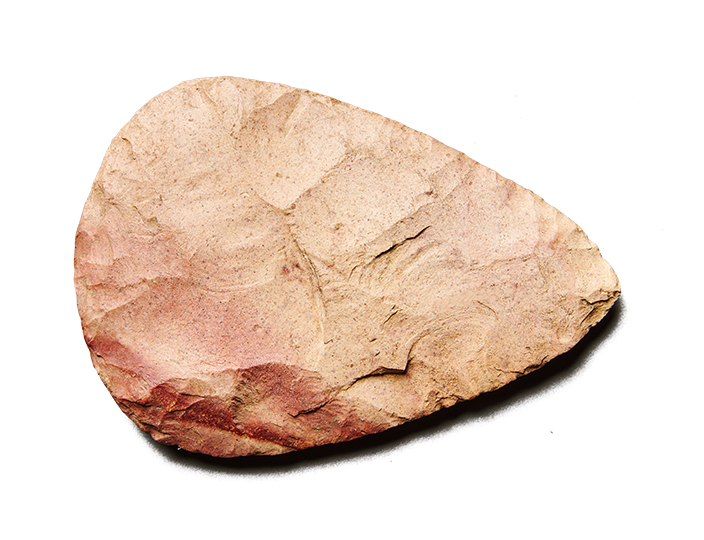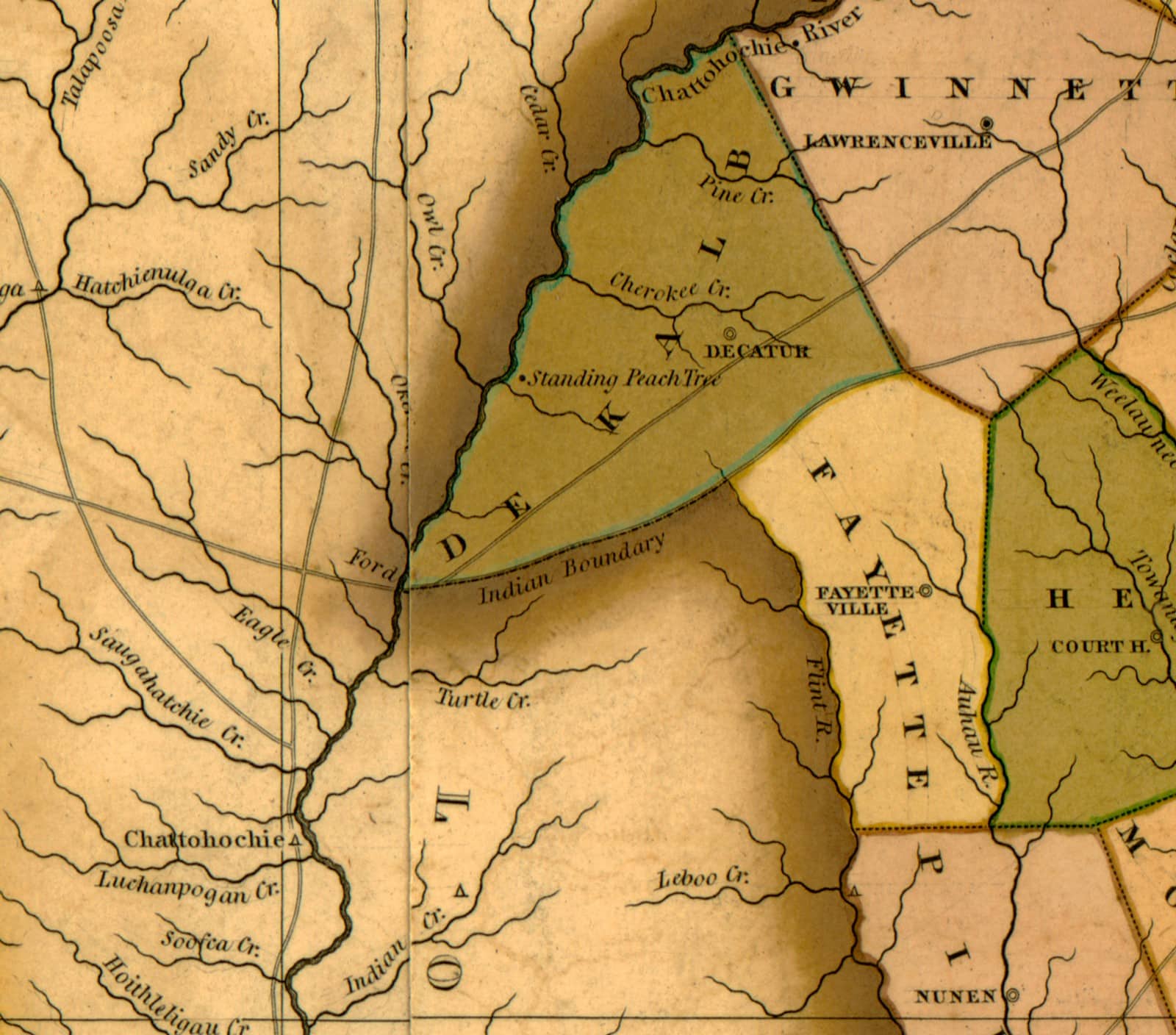Atlanta in 50 Objects
A pink pig and a renegade cow. A movie prop and a Coke bottle. A Pulitzer Prize–winning book and a Nobel Prize–winning icon.
How do you tell the story of Atlanta in 50 objects? We decided the best experts were Atlantans themselves—residents who cheer the Braves and rue I–285 rush-hour traffic, who understand how Civil War losses and Civil Rights victories together helped forge the city’s unique identity. Atlanta History Center asked the public to submit what objects they think best represent their town. The parameters were broad: an object could also be a person, a place, an institution, or an idea. After receiving hundreds of submissions, History Center staff assembled a collection of fifty pieces that represent the themes identified by the public. In addition to items from our own collections, we have partnered with many local institutions and individuals to gather artifacts from around the city to tell this community–driven story.


Standing Peachtree
In the region that became Atlanta – part of the Muscogee Creek Confederacy—a significant Native American presence was the village called Pakanahuili (Creek meaning Standing Peach Tree), a trading center at the juncture of Peachtree Creek and the Chattahoochee River.
It is from this Lower Creek settlement that all Peachtree Streets receive their name. Most likely, the settlement included an orchard or grove of peach trees, a common sight at many Creek villages.
By the early nineteenth century, a series of treaties reduced Creek land holdings. The 1821 Treaty of Indian Springs ceded Creek land containing Standing Peach Tree as well as the future site of Atlanta, located eight miles south. The Georgia Land Lottery of 1821 distributed the land to eligible participants, known as “fortunates.”
Richard Todd of South Carolina bought property in 1822 in what is now the Virginia Highland neighborhood. The house he built there the following year along today’s Greenwood Avenue makes him the first white settler within present-day Atlanta
The Treaty of Washington, signed in 1826, and the Creek Treaty of November 1827, ceded all remaining Creek land in Georgia.

Standing Peachtree as charted on the H.S. Tanner map of Georgia, 1823. Kenan Research Center at Atlanta History Center